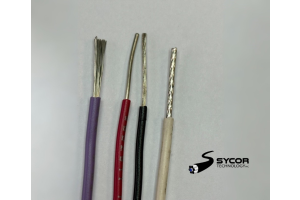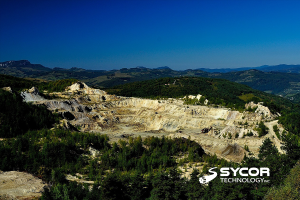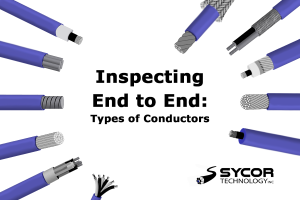Monthly Archives: August 2023
-
When it comes to wire and cable, there's several different constructions for the varying UL, CSA and Mil-Spec designations. This breakdown we'll be covering the fundamental differences between the Mil-W-16878 (M16878) and the Mil-W-22769 (M22759) cabling products. It will also be going over the different types of constructions used, what applications each construction is used for, and why specific mil-spec cables are preferred over traditional high-temperature and hook-up wires.
-
There are a number of different certifications for electrical applications, including wire and cable. These various certifications range from flame tests, application locations, types of applications and even specific voltage levels. This blog will breakdown the CSA FT ratings, the CSA flame tests, and we'll be looking into the pass or fail criteria.
-
Custom cables are incredibly complicated, at least at first glance. Once you breakdown the different sections of the wire and the various options, it becomes a much easier process. The first thing to keep in mind before choosing any of your materials is to understand what your custom cable will be subject too fully. Will your cable be surrounded by conductive material, in a high-temperature environment or even be subject to contact with acidic chemicals?
-
Shielding is the most efficient way to stop any kind of physical damage against electrical wires. It’s possible to have a 15-ton truck park on it overnight (wouldn’t that be nice). Although shielding sounds like it may protect from physical abuse, it is quite the opposite.





